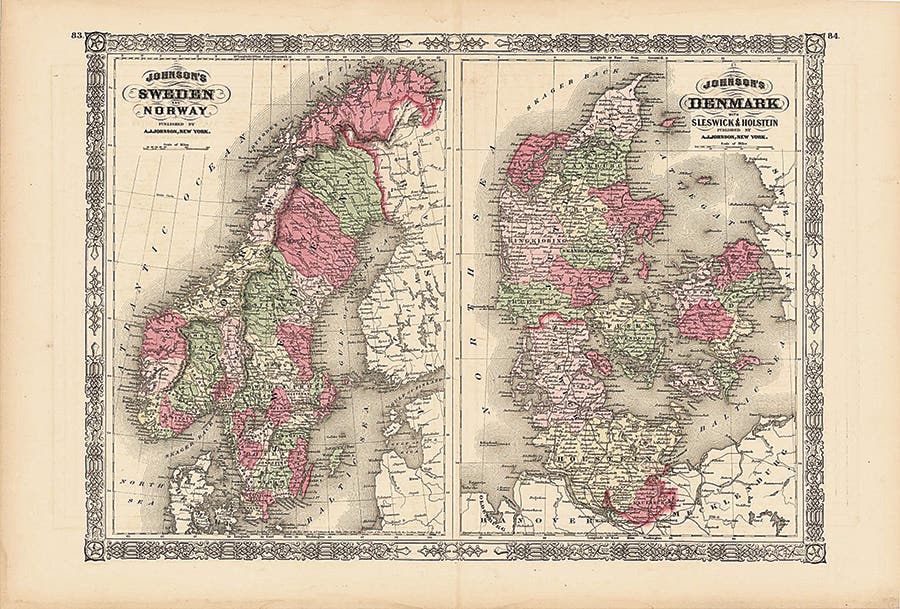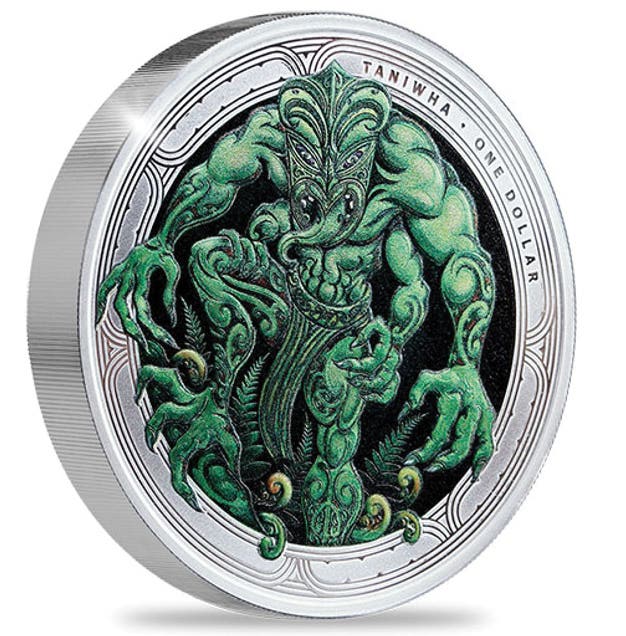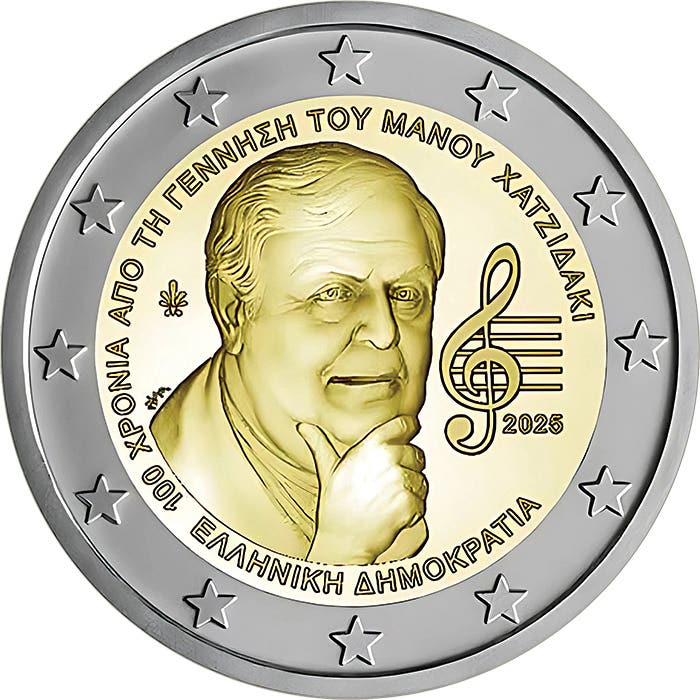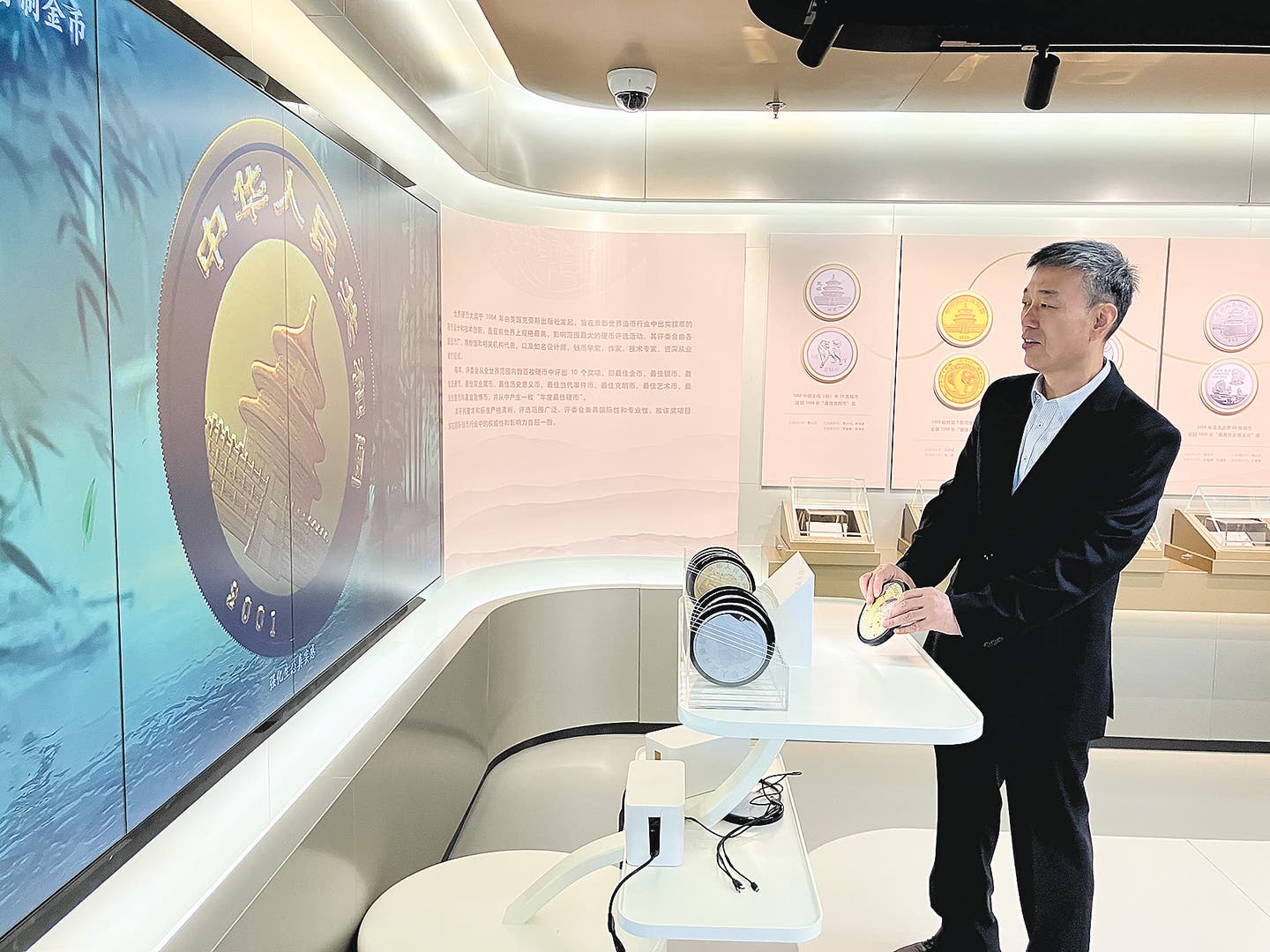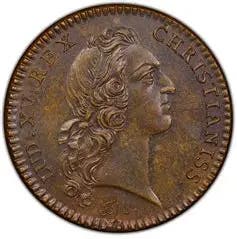Collector discovers “Hot Lips” 1964-D Roosevelt dime
Numismatic News reader Mark Joyner of Pennsylvania has reported a 1964-D Roosevelt dime that exhibits one of the strongest examples of a coin sporting “doubled lips” as the result of…
Numismatic News reader Mark Joyner of Pennsylvania has reported a 1964-D Roosevelt dime that exhibits one of the strongest examples of a coin sporting “doubled lips” as the result of Hub Doubling, or what most collectors refer to as a Doubled Die.
When I first saw images of the coin (supplied by John Wexler) my first thought was “Hot Lips,” a term of endearment for the 1888-O Doubled Die Obverse VAM-4 Morgan dollar. This is one of the most popular VAM varieties listed by Leroy C. Van Allen and George A. Mallis in their book, The Comprehensive Catalog and Encyclopedia of Morgan & Peace Dollars. It is referred to on VAMWorld.com as “the one that started it all.”
While doubling of the lips is not unfamiliar to doubled die enthusiasts, with about two-dozen of them known on the 1966 Kennedy half dollar alone, this coin stands out much more pronounced than on any on the half dollars. It also sports a strongly doubled forehead and a bit of doubling on the IBE of LIBERTY.
John Wexler has this one listed as WDDO-002 and Bill Fivaz, co-author of the Cherrypickers’ Guide To Rare Die Varieties (CPG) said it is a very strong candidate for inclusion in the 6th Edition, Volume II of the CPG.
Considering the strength of the doubling, I’d crawl out on a limb and say that the variety will probably be valued anywhere in the three figures, perhaps from a couple hundred dollars into the upper three figures for typical Mint State grades. Ultimately, the value will be determined by supply and demand.
If it was found on a more popular series, it would undoubtedly sell for a higher price than it will on a Roosevelt dime. Additionally, it probably will not reach its maximum potential until it is listed in the CPG. How many turn up will also be a factor. Right now I have only heard of the subject coin.
Considering that the this date and mint is heavily searched for the 1964-D doubled die reverse, listed in the Red Book for a number of years, one might assume this one is very scarce to rare. Nonetheless, time will tell.
Hub doubling during the era in which this coin was struck, was possible due to a phenomenon known as work hardening. This caused the metal of the face of a die to become too hard and too brittle to allow a complete image to be sunk into the die in one operation without causing it to crack or shatter. As a result, several impressions or hubbings were required to produce a die when using this process. Between each hubbing the die was removed from the press and annealed (softened) thus allowing for another impression without shattering the die.
If for some reason a partially finished die was reinstalled into a press for strengthening and the hub and die was improperly indexed, resulting in a misalignment of images, or if the hubs varied in design from the one(s) used for earlier impressions – hub doubling also resulted. In this case Wexler had attributed it as “Design Hub Doubled Die.
In this case the Mint would have used at least two different hubs that varied in design to create this single die. We know that at least two different hub designs existed that year to create the Point 9 and Blunt 9 issues.
The United States Mint largely replaced the multiple hubbing process in recent years by the more modern “single squeeze” restrained hubbing process.
Ken Potter is co-author of “Strike It Rich With Pocket Change” and has written many feature articles for “Numismatic News” and for “World Coin News.” Email him at kpotter256@aol.com. An educational image gallery may be viewed on his website at www.koinpro.com.
This article was originally printed in Numismatic News.
>> Subscribe today or get your >> Digital Subscription
More Coin Collecting Resources:
• Kick-start your coin collection with the Fundamentals of Coin Collecting set of essential resources and tools.
• Strike it rich with this U.S. coins value pack.
• Build an impressive collection with Coin Collecting 101.




